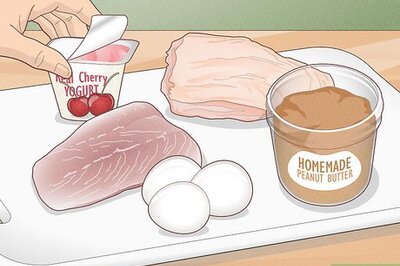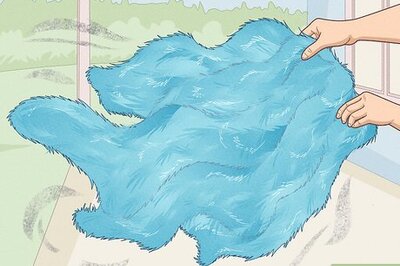
views
BHUBANESWAR: Jute cultivation in the State has come down to just 10,000 hectares (ha) from over 40,000 ha in the last 10 years. Participating in the national-level annual meeting of All India Network Project on Jute & Allied Fibres (AINPJAF) here on Tuesday, researchers said climate changes and lack of facilities for post-harvest management and marketability of the crop are the primary reasons behind the declining crop pattern. Currently, it is the small and marginal farmers - particularly in coastal areas - who are taking up jute cultivation. Inaugurating the meeting, Swapan Kumar Dutta, Deputy Director-General (crop science), Indian Council of Agricultural Research, asked the local scientists to reorient research priorities in jute cultivation in tune with the times to suit the market and industry. He said that measures should also be taken to increase the availability of certified seeds of fibre crops. “Jute and allied fibres should be encouraged where there was high potential and not in every geographic area,” Dutta said, adding that the production of good nuclear breeder seeds was important for increasing area under fibre crops. On the occasion, OUAT Vice-Chancellor D P Ray said natural fibres like jute are considered as fibres of the future and it was important to conserve and promote them. “These days, the demand for jute fibre is on the rise in the State and outside. Therefore, product diversification should be the future thrust for proper utilisation of jute and allied fibres,” he said. It was decided at the meeting that a proposal will be placed before the central- level variety release committee of the AINPJAF for sanction to provide six new varieties of jute and allied fibres like Mesta, Sunnhemp and Ramie for cultivation in the State. This year, an improved variety of jute called KJC7 (Shresta) has been sanctioned by the committee to be cultivated in State. Issues like value addition, pest control and quality improvement of jute and allied fibre crops were discussed during the meeting. As many as 80 scientists from across the country participated in the meeting. The AINPJAF is being implemented across nine states, including Odisha, for promotion of jute cultivation.




















Comments
0 comment